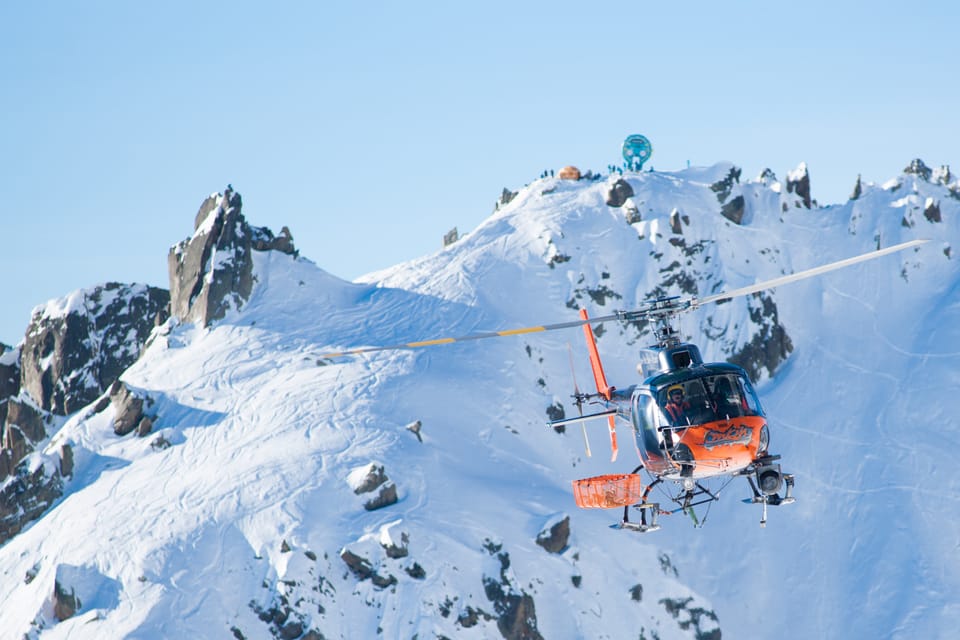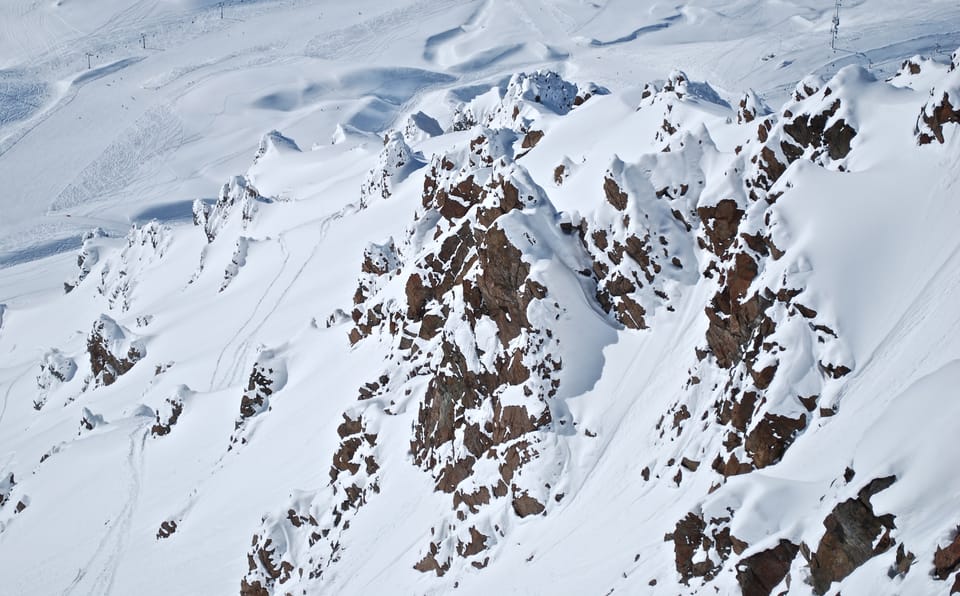Frost On Mars
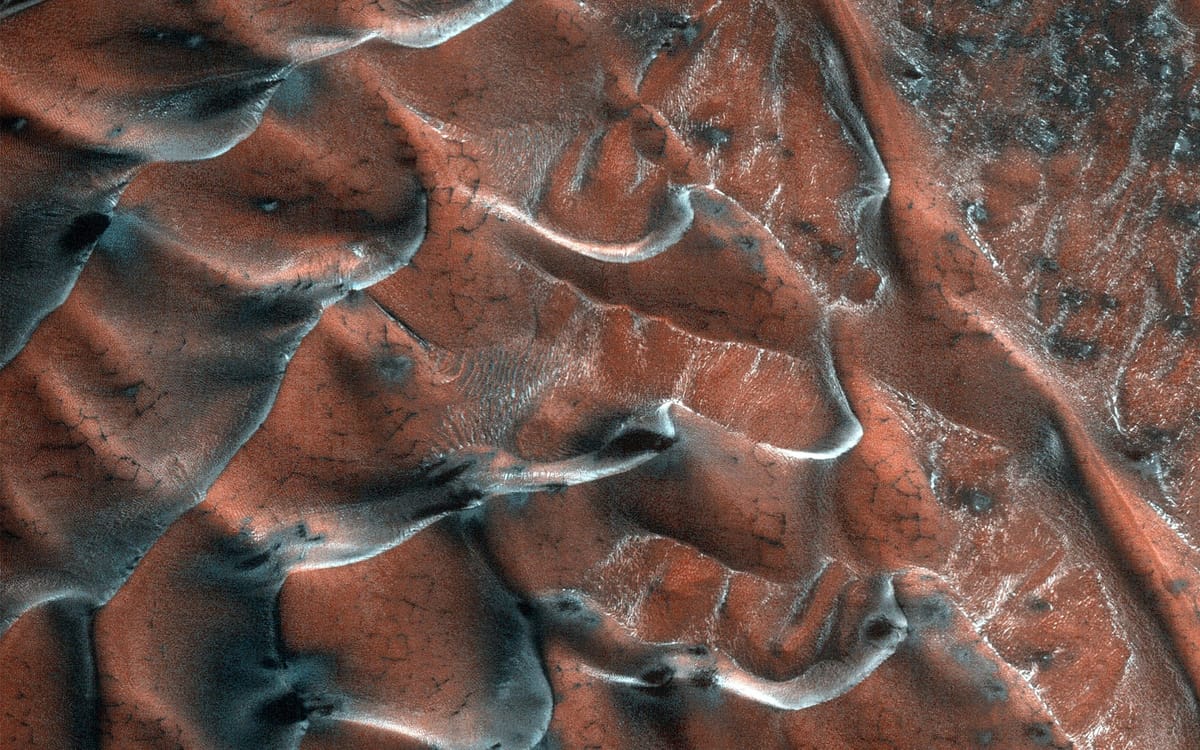
One of the big questions for the first human inhabitants of Mars later this century is what will the skiing be like?
The good news is that despite being one of the smaller planets in the solar system, Mars is home to the biggest mountains yet discovered, so can offer the biggest vertical in the solar system.
The giant former volcano Olympus Mons is 21km (13 miles) high and rises three times higher than Earth’s highest mountain (above sea level) Everest.
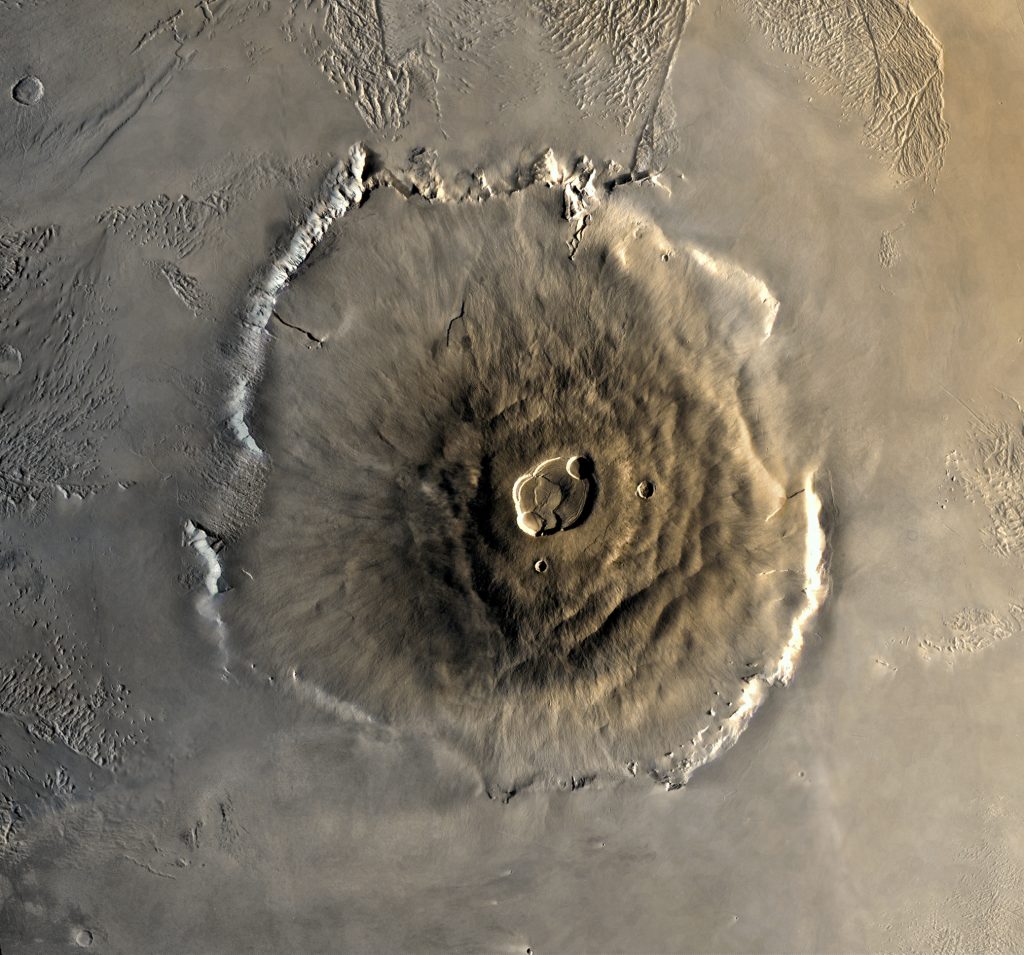
What Mars has not yet been found to have a lot of though is snow, but the good news is that the world’s space agencies are finding more and more evidence of at least thick frost – so thick its visible from space, on slopes made typical of sand or dust – so potentially a skiable surface.
The latest images, taken by NASA’s Mars Reconnaissance Orbiter (which has been circling the planet for more than a decade, rather than the latest spacecraft to arrive), depict a field of sand dunes occupying a frosty 5-kilometre (three-mile) diameter crater in the high-latitudes of the northern plains of Mars. Some dunes have separated from the main field and appear to be climbing up the crater slope along a gully-like form.
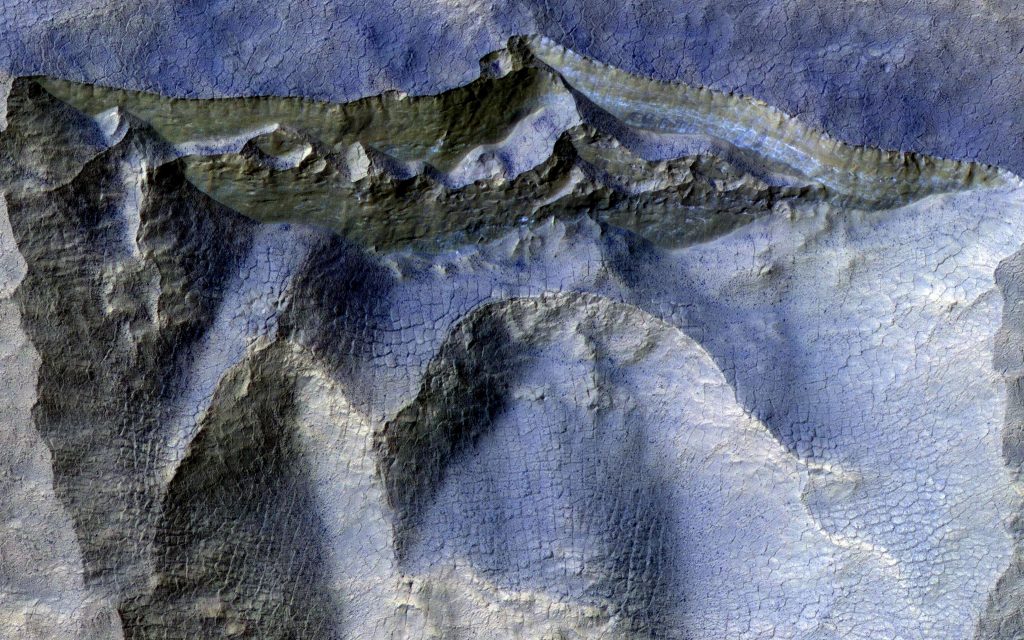
The surface of the main dune field is characterized by a series of dark-toned polygonal patterns. These may be the result of seasonal frost processes. Several of the steeper dune slopes, pointing in the downwind direction, host narrow furrows suggesting the start of gully formation.
“The crater floor contains a variety of textures, including lobate and striped patterns that indicate seasonal thaw caused by sublimating ice. Broad downslope movement of materials on the crater slopes opposite the dune field superficially resemble gullies…” a NASA spokesperson said.
Scientists believe that about a third of the Martian surface is covered in ice, although most of that is itself covered by dust, however the ice does sometimes get exposed by rock slides etc (picture above).
Images Credit: NASA/JPL-Caltech/University of Arizona


